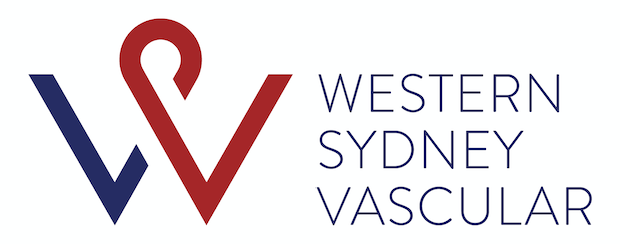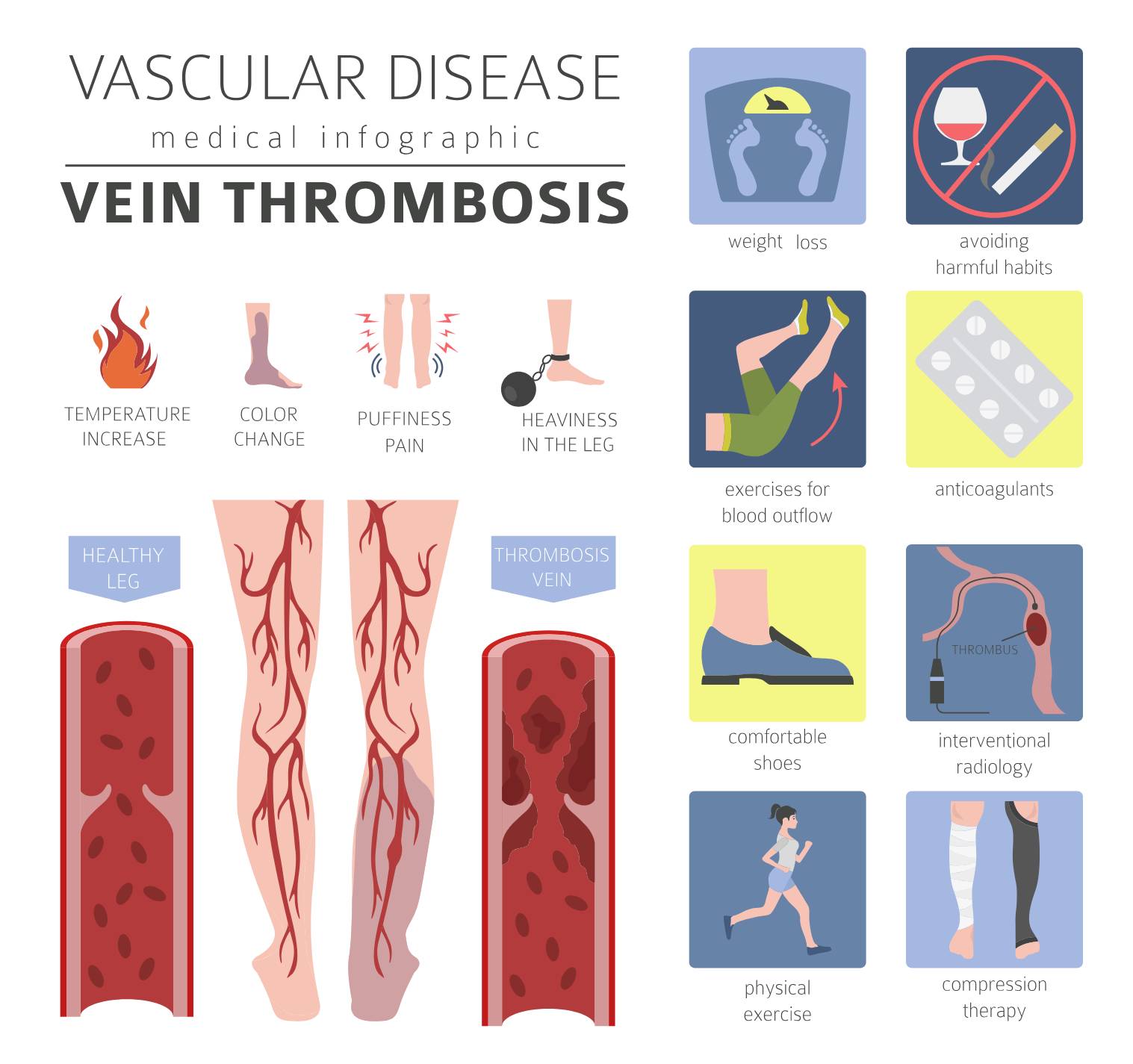Deep Vein Thrombosis (DVT)
What is Deep Vein Thrombosis?
Deep vein thrombosis (DVT) also called venous thrombosis, is the formation of a blood clot in one or more of the deep veins in the body. The clot may partially or completely block blood flow through the vein, potentially causing serious health effects.
While DVTs may occur in the arms, brain, intestines, liver or kidney, most DVTs occur in the lower legs, thighs or pelvis area.
Deep vein thrombosis can develop from anything that slows or occludes blood flow through the deep veins. It can also occur after surgery or an accident or when you’re confined to a bed or have limited movement for a long time.
Conditions that can increase your risk of a DVT include being overweight, inherited conditions that increase the risk of blood clots, pregnancy and the first six weeks after giving birth.
Cancer and some of its treatments also increase the risk of DVT.
Untreated DVT can be life-threatening as blood clots can break free and travel through the bloodstream.
They can then become lodged in the blood vessels of the lung, blocking blood flow and resulting in a pulmonary embolism.
What are the symptoms of Deep Vein Thrombosis?
A Deep Vein Thrombosis usually forms in one leg or one arm. There is rarely swelling in both legs or arms and not everyone with a DVT will have symptoms.
Signs and symptoms may include:
- Swelling of the lower leg or arm (sometimes this happens suddenly)
- Pain and tenderness in the affected leg that can often be felt in the calf area
- Red or discoloured skin
- A feeling of warmth in the swollen area
- Pain on extending the foot
- The veins near the skin’s surface may be larger than normal
Symptoms of a pulmonary embolism include:
- Rapid heartbeat
- Sudden shortness of breath or fast breathing
- Sharp chest pain and discomfort that often comes with coughing or taking a deep breath
- Feeling dizzy, light-headed or fainting
- Pain in the back
- Coughing up blood
- Sweating more than normal
What are the treatments for Deep Vein Thrombosis?
The main goal of treatments is to prevent the clot from breaking off in your vein and moving to your lungs and to stop the clot from getting bigger.
Treatment also aims to reduce the risk of another blood clot and prevent long-term complications from the blood clot (chronic venous insufficiency).
Treatments for DVT may include medications such as anticoagulants (“blood thinners”).
Anticoagulants do not destroy clots however, they do stop clots from getting bigger and prevent blood clots from moving.
Compression socks may also be used to reduce swelling in the legs often caused because the valves in the leg veins are damaged or the vein is blocked by the DVT.
In addition, exercising your lower leg muscles if you are sitting still for long periods of time or standing up and walking for a few minutes every hour while awake can help. Also avoid activities that may cause serious injuries. Together all these things may help improve circulation and decrease swelling.

